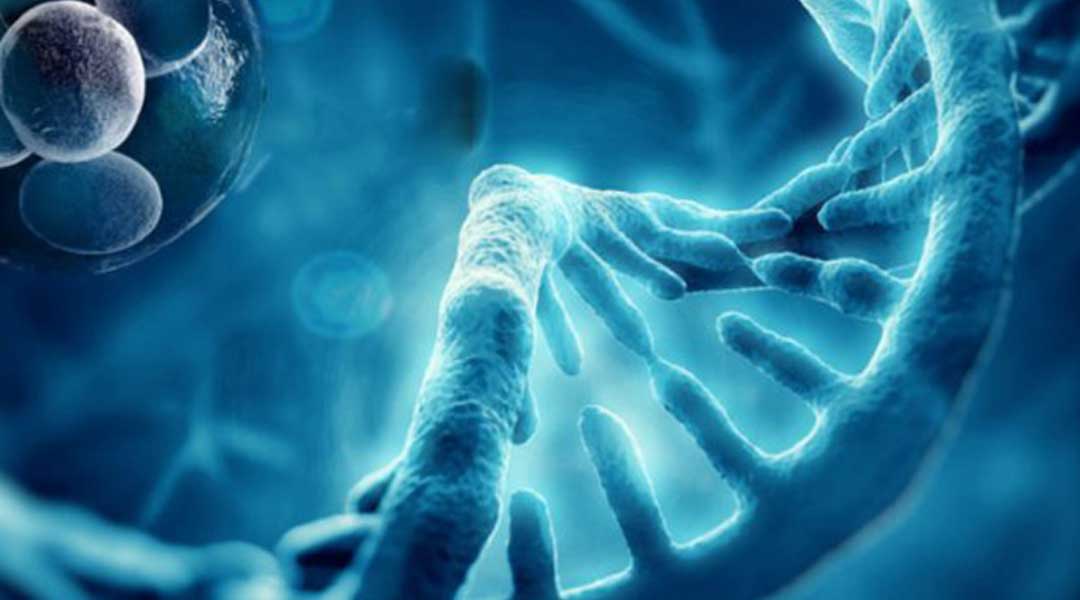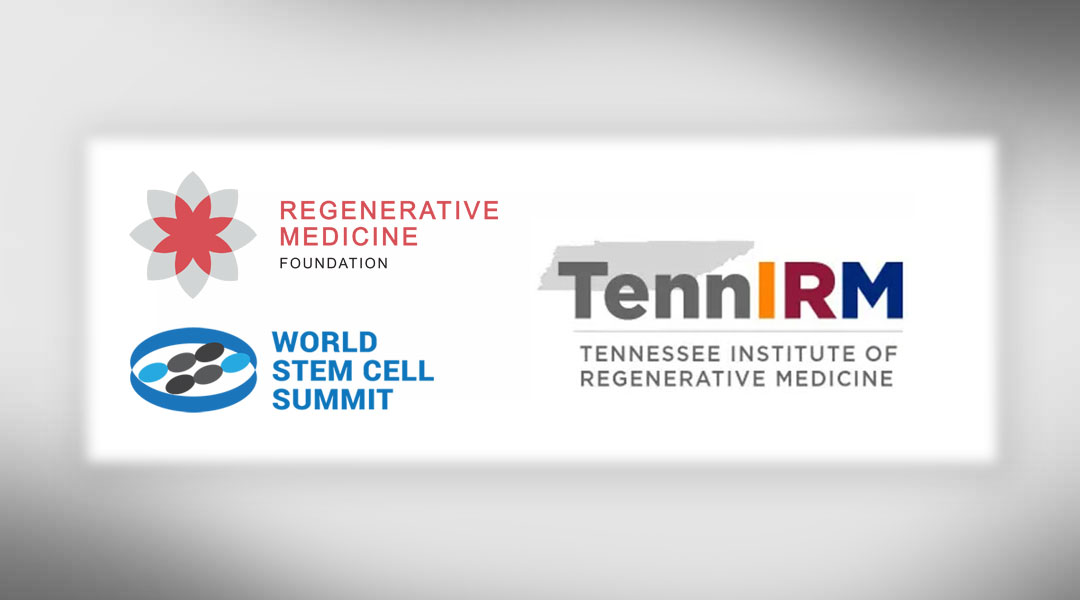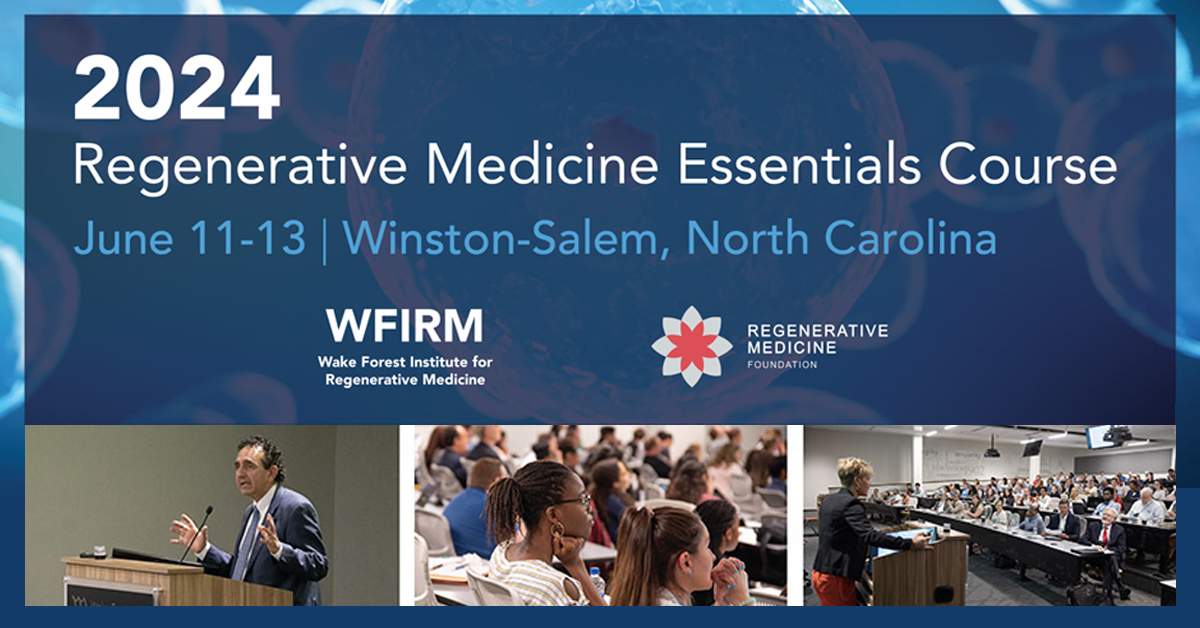JANUARY 19, 2021 —UTSA has launched a collaborative research institute that will benefit people suffering from a variety of vascular and other medical issues. The lnstitute of Regenerative Medicine will provide a unique resource and collection of research and expertise for UTSA and San Antonio communities.
A joint initiative between UTSA’s College of Engineering and the College of Sciences, the IRM will be led by Eric Brey, the Edward E. Whitacre Jr. Endowed Chair in Mechanics, and John McCarrey, the Kleberg Distinguished University Chair in Cellular and Molecular Biology.
“We really want the institute to very much be inclusive of many different entities in San Antonio,” said McCarrey. “Our research will span the most basic, biological research of stem cells to tissue engineering to clinical applications to biotechnology.”
Brey and McCarrey are working to establish collaborative partnerships with research, industrial and military institutions across South Texas. These organizations include UT Health San Antonio, the U.S. Army Institute for Surgical Research at Joint Base San Antonio–Fort Sam Houston, the U.S. Airforce 59th Medical Wing at Lackland Airforce Base, the Southwest National Primate Research Center, BioBridge Global, StemBioSysm, INCELL, the Southwest Research Institute and other area institutions.
“Our research will span the most basic, biological research of stem cells to tissue engineering to clinical applications to biotechnology.”
Over the past decade McCarrey has been a key player in the expansion of research and development in San Antonio in the areas of regenerative medicine, precision therapeutics, tissue engineering, stem cell biology and related biotechnology. Brey’s research specialties are in tissue engineering and regenerative medicine.
“This institute provides a chance to form a stronger bond between the College of Engineering and College of Sciences,” said McCarrey. “The biomedical engineers know about making materials that can function in conjunction with the body and the biologists know about the cells in the body. Putting those things together is really powerful.”
McCarrey and Brey plan to bring together resources housed in multiple colleges and departments at UTSA, not just in sciences and engineering.
“More than anything you see that there is expertise across the campus in these areas, and often it exists in departments or individual labs,” said Brey “This institute really helps bring us together to focus on having a greater impact. These types of institutes allow you to take your research to the next level by building these collaborations and by going after larger funding.”
Brey and McCarrey see opportunities for research that can benefit a wide variety of people, from soldiers wounded in action to civilians suffering from a wide variety of issues.
“The two things I think about are vascular disease and peripheral vascular disease [like diabetes],” said Brey. “Regenerative medicine around heart disease works to regenerate some of the heart muscle that has been lost, and the same thing with people who are suffering diabetes-related limb amputations, or even a breast cancer patient who has had a mastectomy and the reconstructive surgery after that.”
Another major application of IRM research could be wound healing.
In addition to the IRM’s contribution to scientific knowledge, Brey says he is especially excited about the opportunity for multidisciplinary research for undergraduates and graduates to work on projects that span multiple disciplines.
“We want to establish unique training programs where students can participate in programs that are focused in this area of regenerative medicine,” said Brey. “Our students should be going back and forth more frequently than they are, and taking advantage of the expertise and resources that are sitting in the building next door. The IRM will break down silos.”




